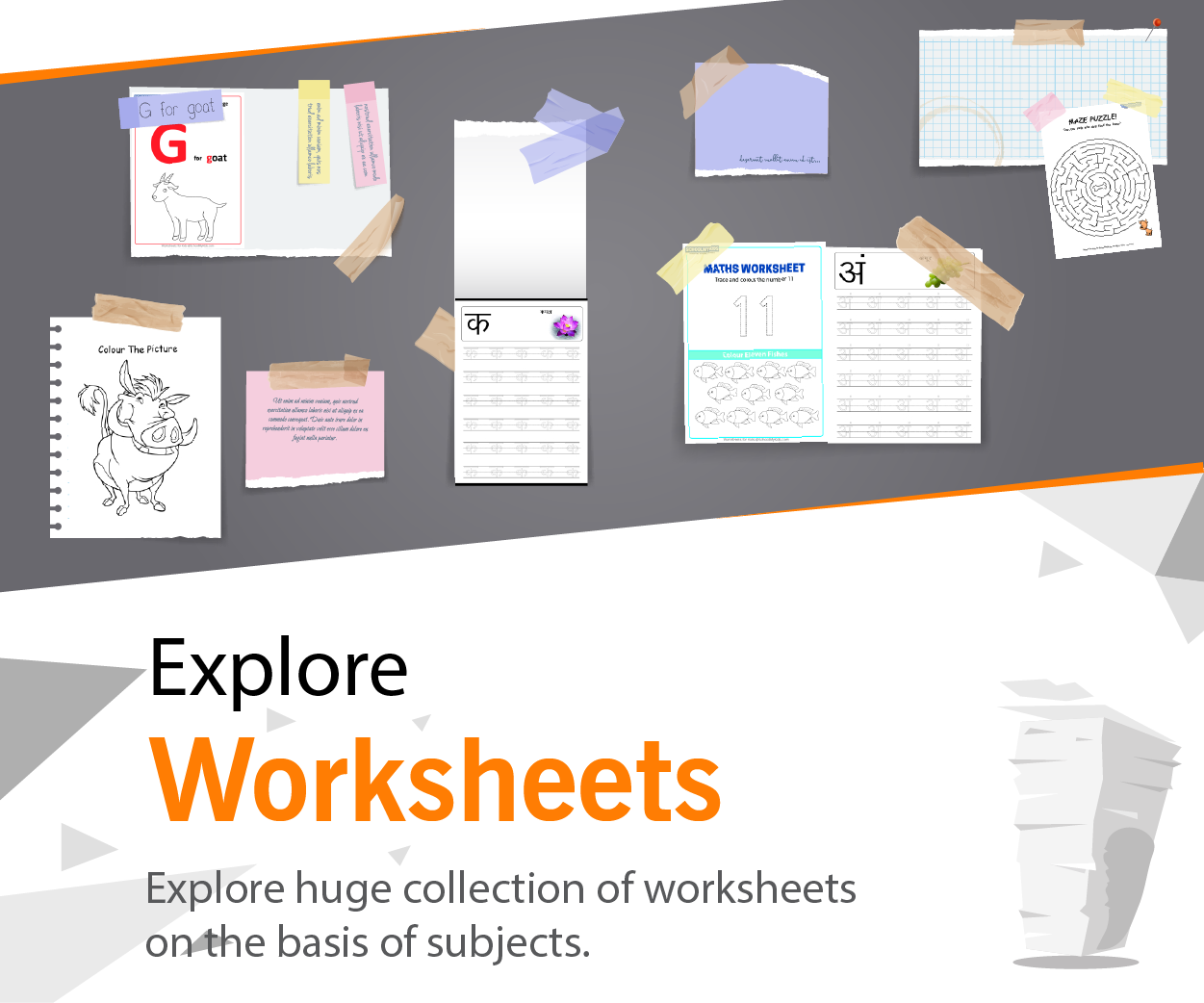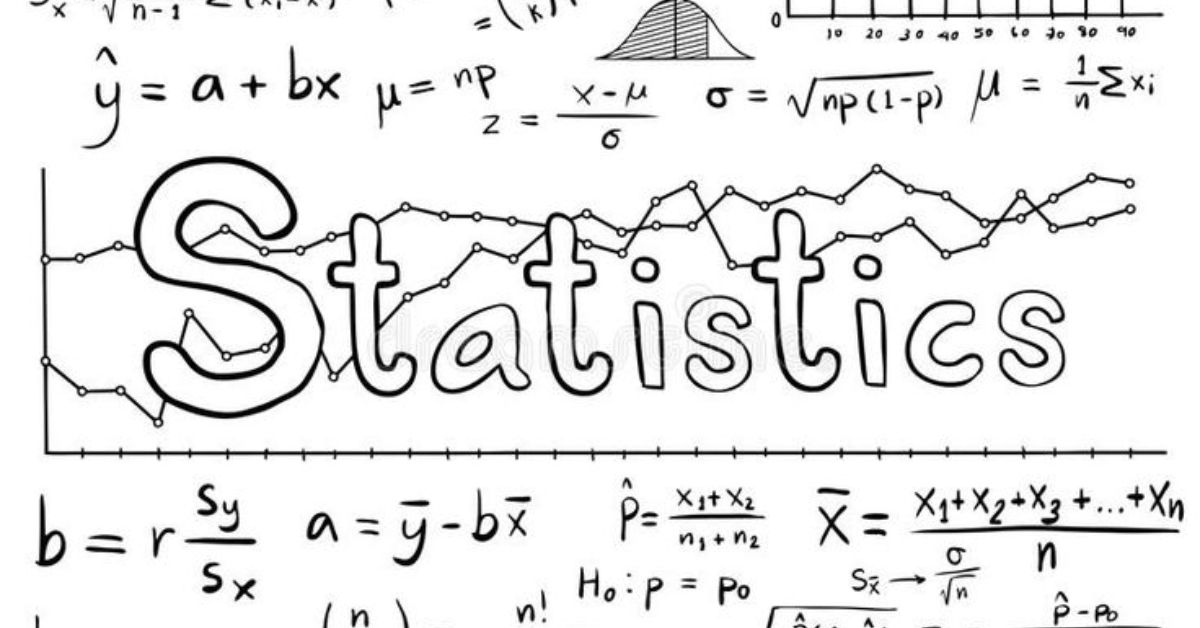Exams are knocking on the door, and the panic mode is slowly setting in. The textbooks seem endless, and time feels like it’s slipping away. If this sounds familiar, it’s time to embrace a tried-and-true method that students swear by: short notes.
Short notes are your ultimate last-minute saviors, offering a concise and efficient way to revise critical concepts. Let’s dive into why short notes are a game-changer and how you can create them effectively.
Why Short Notes Work
Short notes are not just scribbles on paper; they are strategic tools designed to maximize your revision time. Here’s why they’re so effective:
1. Time-Saving
When you’re racing against the clock, flipping through an entire textbook isn’t practical. Short notes condense vast amounts of information into bite-sized chunks, allowing you to revise quickly.
2. Focused Revision
Short notes highlight the most important points—formulas, definitions, and key concepts. This eliminates distractions and helps you focus on what truly matters.
3. Easy to Recall
The act of creating short notes reinforces learning. Summarizing information in your own words enhances memory retention and makes it easier to recall during exams.
4. Portable
Whether you’re on the bus, waiting in line, or grabbing a quick coffee, short notes are easy to carry and review anytime, anywhere.
How to Create Effective Short Notes
Creating short notes isn’t just about jotting down random facts. It’s an art that requires strategy. Here’s a step-by-step guide to help you craft impactful short notes:
1. Start Early
Don’t wait until the last moment to start making notes. Begin as soon as you start your coursework. This gives you ample time to refine and organize them.
2. Keep It Simple
Avoid lengthy sentences. Use bullet points, diagrams, flowcharts, and tables to present information in a visually appealing way. Simplicity is key.
3. Use Your Own Words
Writing in your own words helps you understand the material better. Avoid copying directly from textbooks or lecture slides.
4. Highlight Key Points
Use color coding or underlining to emphasize formulas, dates, or terms that are likely to appear in exams. Visual cues make it easier to locate crucial information.
5. Organize by Topic
Group related concepts together. This makes your notes coherent and ensures you don’t miss any important connections between topics.
6. Incorporate Mnemonics
Mnemonics and acronyms are fantastic for remembering lists or sequences. For example, use “VIBGYOR” to recall the colors of the rainbow.
How to Use Short Notes Effectively
Having short notes is half the battle; using them effectively is where the magic happens. Here’s how you can make the most of them:
- Quick Revision: Use short notes for a rapid review of topics a day before or on the morning of your exam.
- Active Recall: Instead of passively reading, test yourself on the points in your notes to reinforce memory.
- Collaborate: Share and exchange notes with friends to gain new perspectives and fill gaps in your own notes.
The Long-Term Benefits of Short Notes
Short notes aren’t just for last-minute cramming; they’re a long-term asset. Revisiting them regularly helps you retain information for future exams or applications in real-world scenarios.
Final Thoughts
In the chaos of exam preparation, short notes stand out as your reliable allies. They simplify complex topics, save precious time, and boost your confidence when you need it the most. So, grab a notebook or a digital tool and start summarizing. Remember, it’s not about how much you study but how effectively you use your time.







